In fifth grade, we got to pick our own instruments. The middle-school band director came over and showed us all the options, so we could make an informed decision about exactly which faction of nerds under the larger umbrella of “band geek” we wanted to belong to. I chose the clarinet, which is what most girls who didn’t choose the flute picked, but if I had known the unbelievable array of music-making technology that was out there, my choice might have been different.
The pages of Popular Science reveal all the instruments you need for the world’s weirdest orchestra. For the indecisive, there’s the “cello-horn,” pictured above. For giants, there’s the 14-foot fiddle. And for those who like playing with their food, the singing coconut makes a nice fit. Personally, I would pick the typewriter that plays music as you type words.
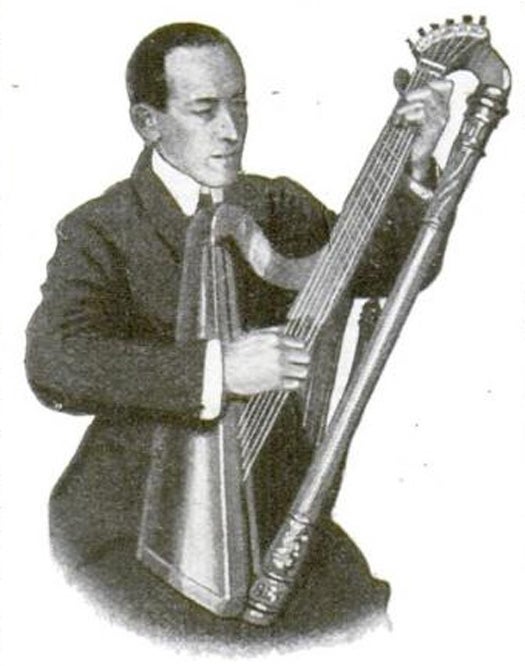
Finding the guitar to be a “sweet-toned instrument, but [lacking] in projection power,” R.E. Bates created a Franken-instrument: a combination of a guitar and a harp, aptly called the Harpitar. It has six strings, and it’s strung like a guitar with a key difference: The strings are stretched across the body of a harp. All six strings are at the center, where “the greatest volume of tone is obtained.” The result, Bates said, is that “it combines the simple chromatic scale of the guitar with the peculiarly beautiful tones of the harp.”
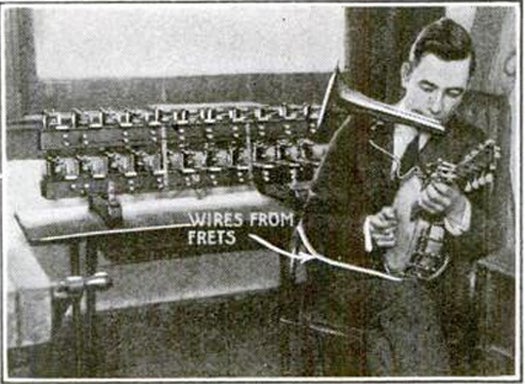
If you know how to play one instrument, you are suddenly able to play three, using this device invented by William J. Maxwell. When the player strikes a chord on the “master instrument,” two other instruments chime in with harmonious chords. This is made possible by “electrical contact on the fingerboard of the master instrument.” In the photo here, the banjo is the master instrument.
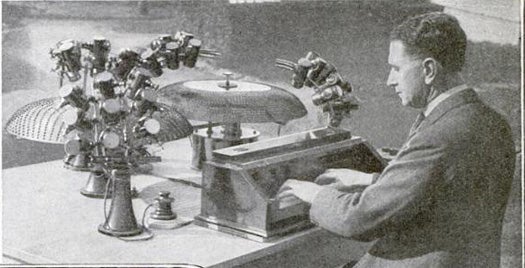
The luminaphone turns beams of light into music, with 37 possible notes on its keyboard. When you strike a note, it releases a light beam from a projector. The beam then passes through a perforation in a revolving disk, hitting a selenium cell, which changes the light into an electrical vibration. A tube amplifier magnifies the vibrations and emits the sound through a loudspeaker, turning the flickering lights into a beautiful song.
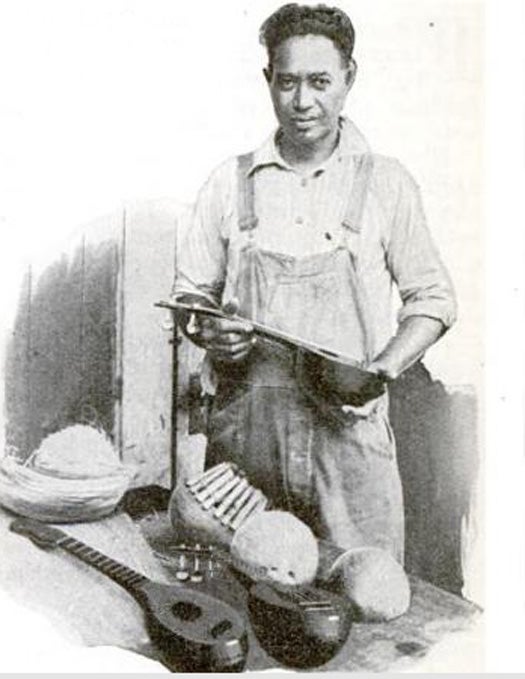
We’ve all heard of the ukelele. But what about that other Hawaiian export, the singing coconut? A stringed instrument whose body was made from the polished shell of a coconut, we predicted these singing coconuts would be produced at a rate of 50,000 per year, at factories such as this one in Honolulu, pictured at left.
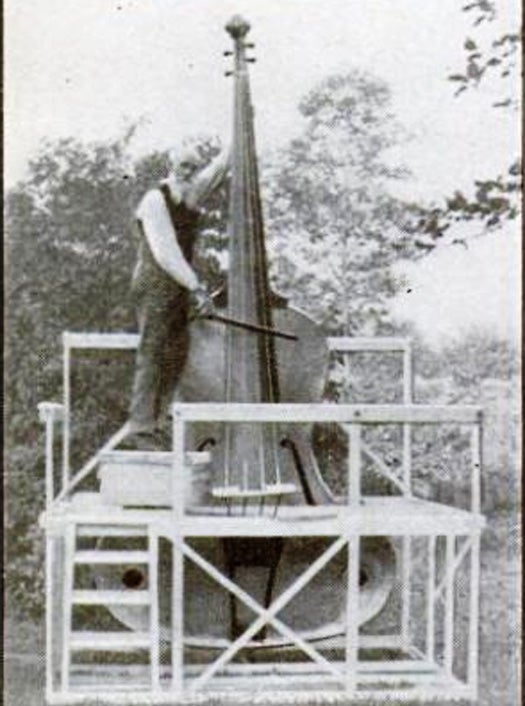
An elderly gardener-cum-violin maker in Ironia, New Jersey, built this 14-foot fiddle as his magnum opus. The sound box alone is seven feet high. Just think of the jigs he could play! You could have a square dance that stretched for miles. It boggles the mind. But this master craftsman did not stop there, oh no. His other creations include a hybrid harp/cello, a dwarf cello and a violin with three necks.
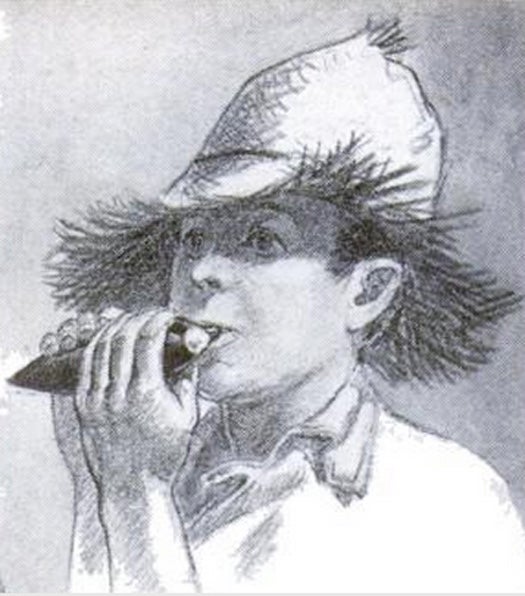
A clay whistle called an ocarina is also known as a “sweet potato” because, well, it’s shaped like one. PopSci determined that using plaster of Paris, you can make an ocarina at home, modeled after almost any fruit or vegetable that tickles your fancy (“carrots, turnips, Irish potatoes, beets, parsnips and bananas were all tried with equal success”). As long as you make sure the air chamber is irregular and the air is blown in from the side, not the end. Of course, you won’t be playing any sonatas on these vegetables: “Though not extremely melodious, it is easily played and affords a great deal of entertainment.”
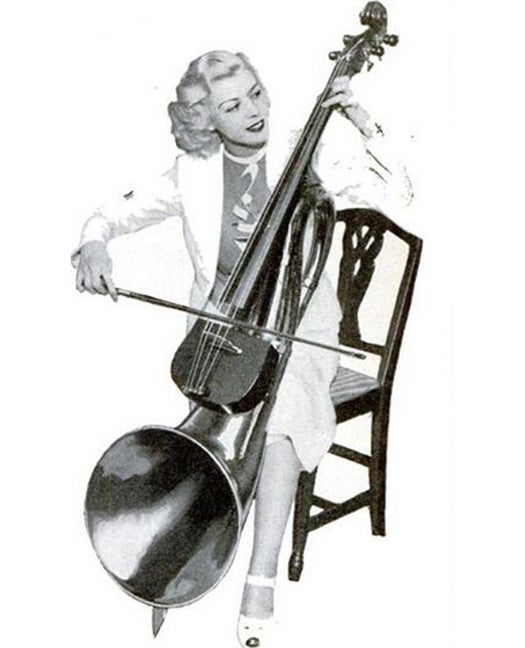
This device that looks like a squirrel-sized playground slide debuted at a Chicago trade show under the name “cello-horn.” It’s played like a cello and “produces a unique tonal effect,” making the player just one woodwind short of an orchestra.
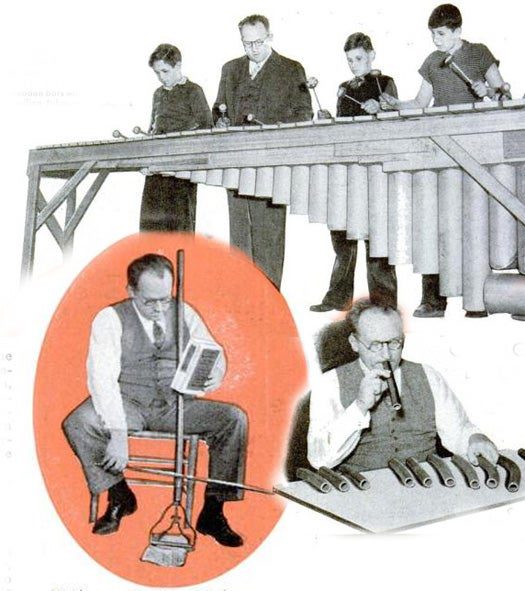
Ohio State University professor Charles C. Weideman had more than 100 home-built instruments made from strange materials such as garden hoses, cardboard tubes, canceled bank checks and turkey bones. This peculiar predilection began early, when, “as a boy of ten, he tuned the pickets of a fence in front of his home by cutting them to various lengths, and played melodies on them with mallets.” Pictured here clockwise from the top, Weideman plays the world’s largest xylophone made with cardboard mailing tubes, trumpets on a length of garden hose and plays a wire strung on a mop handle.

If this instrument were available now, we could turn every blogger in the nation into a virtuoso worthy of Carnegie Hall. The “score” for a song is just words on a page, and by copying them on this typewriter invented by court reporter Alexander Rose, the words become music as the keys strike strings inside, much like a piano. Suddenly typing 120 words per minute becomes more than just a recipe for carpal tunnel syndrome.





![9 Of The Strangest Musical Instruments Of All Time [Archive Gallery] – 20190318DZFCXBCEFU5EZHDDSREZTI4N74](https://www.plazajournal.com/wp-content/uploads/2024/02/20190318DZFCXBCEFU5EZHDDSREZTI4N74.jpg)



